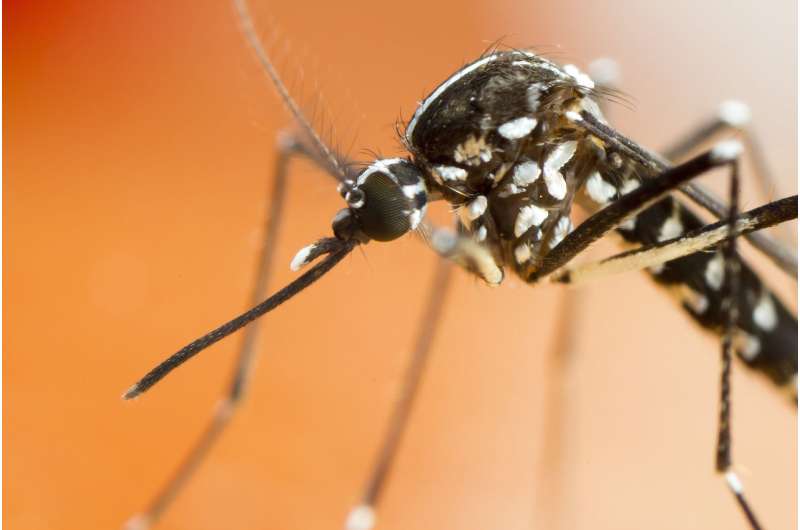Tracing the sudden, dangerous rise of Zika

The Zika virus (ZIKV) poses a public health threat in Southeast Asia, and domestic awareness campaigns are needed to help reduce infection potential.
"Zika infection poses a special challenge for Southeast Asian countries because the mosquitos that spread the virus thrive in this region," says Ahmad Ruzain Salehuddin, of Malaysia's Universiti Teknologi MARA, who led a review of studies on the rising impact of ZIKV both globally and within the region. "We also believe the prevalence of these infections may rise as global warming leads to the expansion of the tropical belt."
ZIKV infection is a vector-borne disease spread by mosquitos, such as Aedes aegypti and Aedes albopictus in tropical regions including Southeast Asia, and by other mosquitos, such as Aedes africanus, in temperate regions. The Zika virus has two distinct lineages: an Asian strain, which has spread to the US and French Polynesia, and an African strain, which is found throughout the Western hemisphere.
Most cases of Zika infection produce generally mild symptoms including rash, low fever, stiffness and joint pain, conjunctivitis, gastrointestinal upset, and sometimes neurological symptoms.
The virus was first observed in Rhesus monkeys in 1947 in Uganda, with the first human infection reported in Nigeria in 1952. The number of confirmed infections remained low until an outbreak of 49 confirmed cases on Yap Island in the western Pacific Ocean in 2007.
While symptoms have previously been mild, the appearance of more serious complications has led to heightened international concern. After the explosive outbreaks in Brazil and Central America in early 2015, women infected by the virus gave birth to newborns with abnormally small heads, known as congenital microcephaly. There were also reports of Guillain-Barré syndrome, in which nerves are attacked by the immune system.
Recent evidence suggests that ZIKV can be sexually transmitted. Studies indicate that an infected male can transmit the disease to male or female partners, and that virus replication may take place in the genitourinary tract, with the testes or prostate serving as reservoirs. Infection appears to be transmitted to partners a few days before or after the onset of symptoms. An analysis of an outbreak in French Polynesia suggests that ZIKV can also be spread through blood transfusions.
Zika cases in Singapore and Malaysia have been rising since 2016. In Singapore, for example, 446 cases were reported between May and November 2016. With no vaccine yet available, containment needs to be achieved "through education that leads to integrated efforts to reduce the vector mass, through diagnostic evaluation, and through precautionary measures," Salehuddin says. For example, the team suggests that travellers coming into and out of the region should be screened and monitored to help reduce the spread of the virus.
More information: Ahmad Ruzain Salehuddin et al. Zika virus infection and its emerging trends in Southeast Asia, Asian Pacific Journal of Tropical Medicine (2017). DOI: 10.1016/j.apjtm.2017.03.002

















